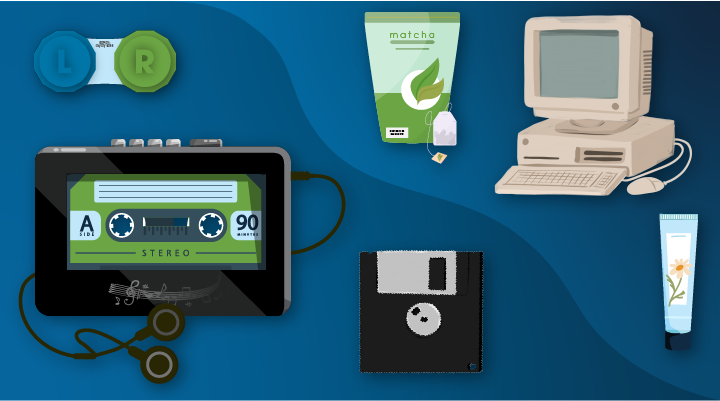
How to destroy end-of-life products and expired stock
As seasons and trends change, businesses that manufacture or sell products will often find themselves with a surplus of stock that is no longer suitable for sale or just isn’t shifting on the shelves. Whether it’s outdated tech goods, expired food products, seasonal items, promotional items, products that have failed quality testing or unsold inventory, these products can take up valuable space and create potential liabilities for the company. So, what should businesses do with these items?
Think of the negative consequences
When considering how to destroy end-of-life products and expired stock, the most important thing to think about is the negative impact of these products in the wrong hands or in the wrong waste stream. The two examples below describe two scenarios where the misuse of expiring or end-of-life items could have negative consequences.
Example 1 – Expired items
A spooky TikTok trend results in a huge boom in worldwide sales of coloured contact lenses. A small, family-run costume shop suddenly has a huge surge in coloured contact lens sales. The company sells out of its new spooky range in record time. To keep up with demand, the store manager scrambles around the stock room to find some non-seasonal stock that doesn’t usually sell as well. They find a few dusty boxes of old lenses and it appears the costume company will be able to make hay while the sun shines! However, on closer inspection, the store manager notices that the contact lenses have just reached the end of their shelf-life. What should they do?
A) Sell the contact lenses. The trend will soon fade out; a few weeks after expiration won’t hurt.
B) Destroy the contact lenses to prevent the risk of harm to the public.
C) Give the contact lenses to employees, but make sure they know the lenses have expired.
In this scenario, the only appropriate option is B. Expired contact lenses, and any expired products, could pose a serious health risk if used by the public. As the packaging around the contact lens deteriorates, bacteria could enter the lens solution. This could put customers and employees at risk of eye infections and even blindness! To ensure this doesn’t happen, the best solution is secure destruction.
When dealing with any end-of-life products that expire (for example, food, drinks, and medicines) you must do everything you can to protect the public. If someone’s health was impacted by the purchase of expired goods, you would put your company at risk of legal action and reputational damage.
Example 2 – End-of-life products
A laptop manufacturer is retiring its line of “ultra-slim” devices from 2015. Where technology has evolved, the line is beginning to look a little clunky compared with modern slim devices and sales have ground to a halt. A common fault with the laptop range also requires a spare part that is no longer made. This is making product repairs extremely expensive for customers. It’s time to leave the past in the past. But what should the company do with the devices going into retirement?
A) Send the devices to landfill – they are of no use.
B) Give the old devices to charity.
C) Securely destroy the line and recycle the reusable components. This will free up space for new product lines and allow precious materials to be reused.
If possible, donating to charity is a great option for end-of-life devices. For poorer families that may never be able to afford a brand-new laptop, having even an older device can be life-changing. With so much of our lives spent online, access to digital devices has never been more important. An older device can still be used to access the internet, apply for jobs, break down barriers to education and provide an opportunity to connect socially.
However, this isn’t always possible for end-of-life products. Older devices, for example, may have known faults that could be dangerous, and software updates on these devices may also have come to an end. This would put users at risk of digital threats and could cast a negative light on the laptop manufacturer.
Securely destroying the line and recycling the reusable components would be the ideal solution where donation isn’t viable. Laptops contain many valuable metals, so it’s important for the environment (and the economy) that these do not end up as wasted resources in landfill sites.
Securely destroying end-of-life products and expired stock for your business
Whatever has expired or reached the end of its life at your business, it’s crucial to dispose of these items responsibly. It’s always better to be safe than sorry. Secure destruction and recycling is the best possible solution for these materials. With secure destruction and recycling you can:
- Avoid contributing to landfill.
- Prioritise public safety.
- Ensure data held on electronic devices isn’t retrievable.
- Ensure intellectual property is kept safe from prying eyes and isn’t sold off cheap.
- Communicate that you are demonstrating a commitment to sustainability by recycling.
If you need to securely destroy end-of-life or expired stock, get in touch to see how we can help you.
Sign up for our newsletter to receive alerts about new blog articles, data protection advice, and Shred Station news.
